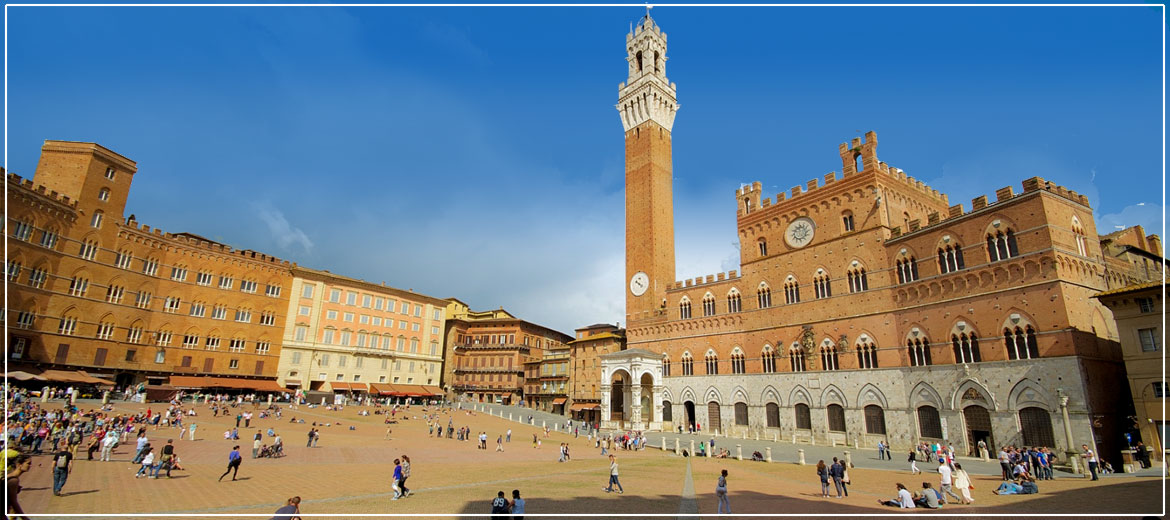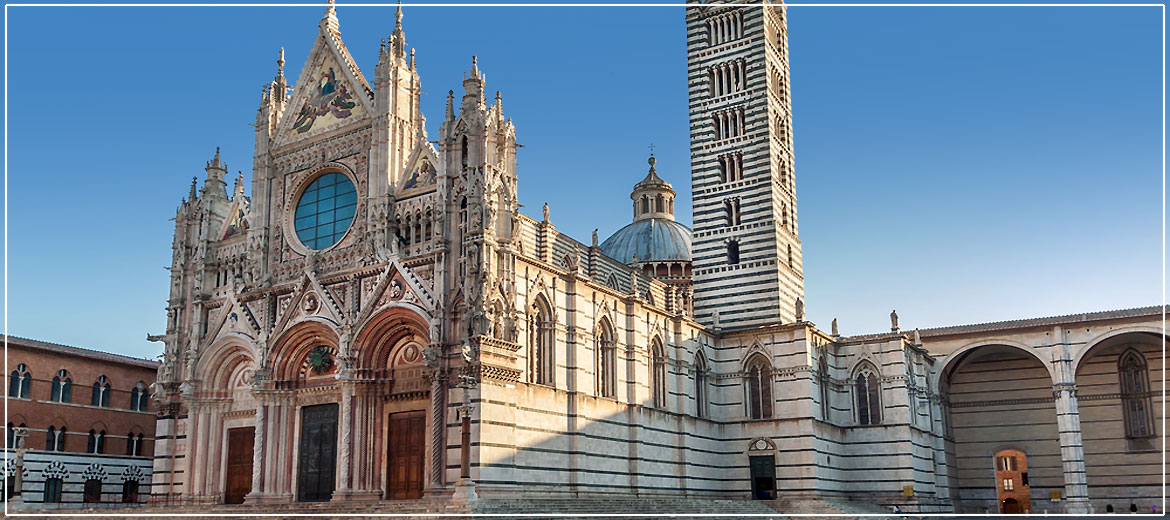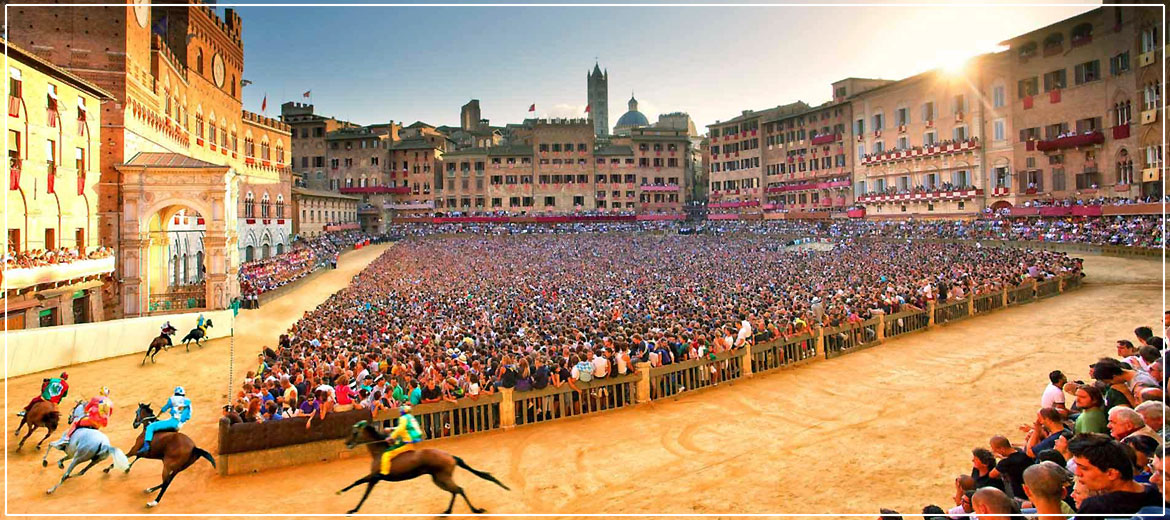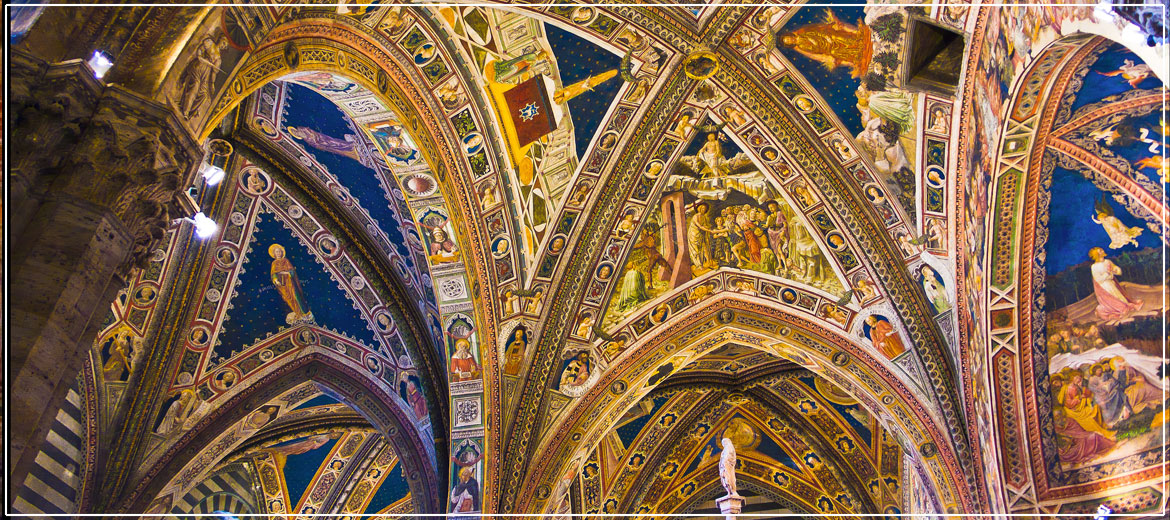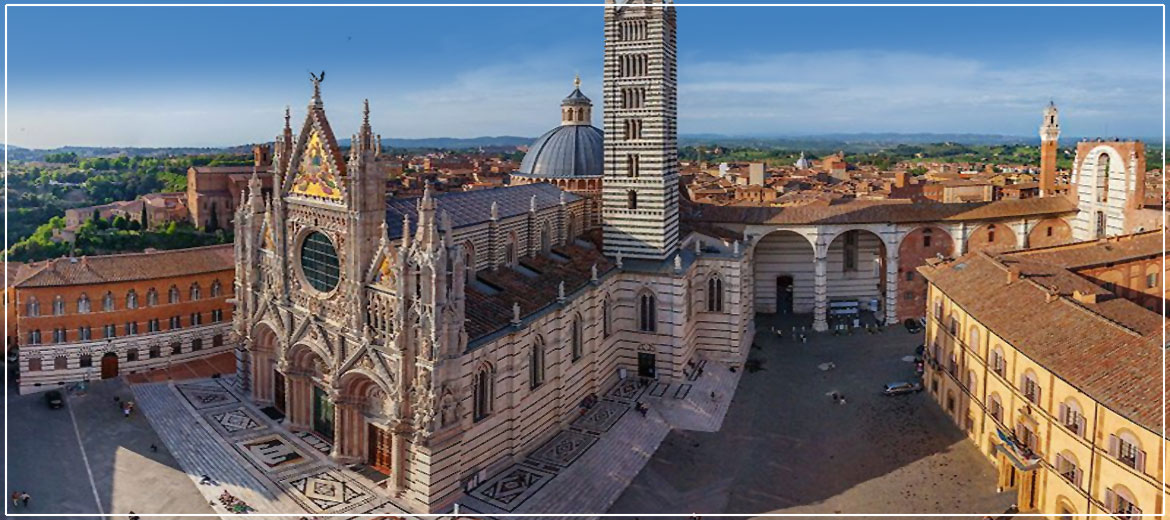Siena
In 1995 the historic center of Siena has been included in the UNESCO World Heritage Site.Surrounded by olive groves and Chianti vineyards, Siena one of the most beautiful Tuscan cities. Sitting at the top of three hills, the city has many lanes and narrow alleys that all arrive and lead to the heart of the city: to Piazza del Campo and to other culturally important buildings like the Duomo and the Santa Maria della Scala Hospital. Siena is famous for its Palio horserace that is held every year on July 2nd and August 16th. Siena also houses one of the oldest Universities in Europe. Alongside the animated daily city street life, Siena offers many cultural events, concerts, cinema, theater and a wide range of sport activities.






